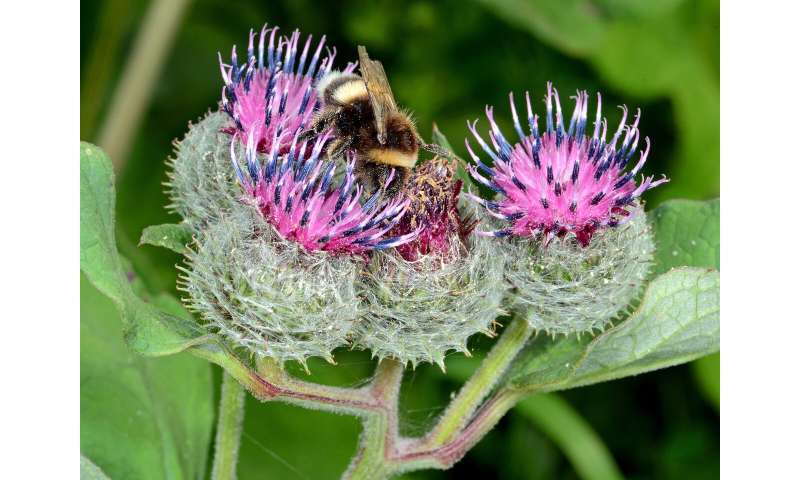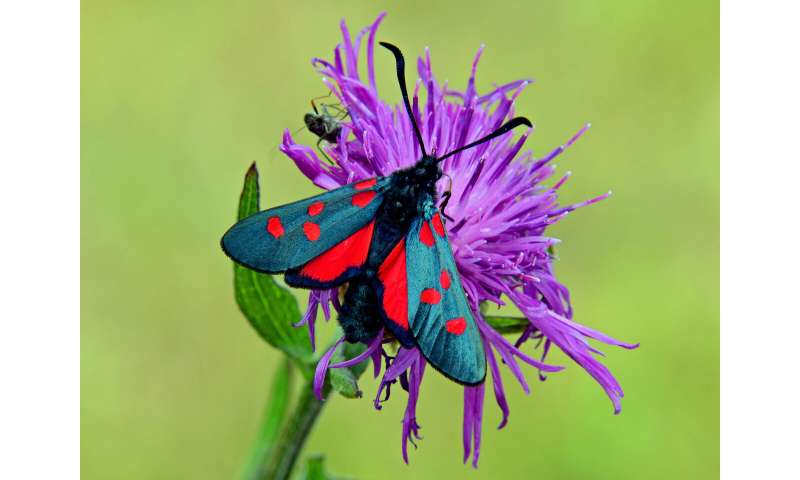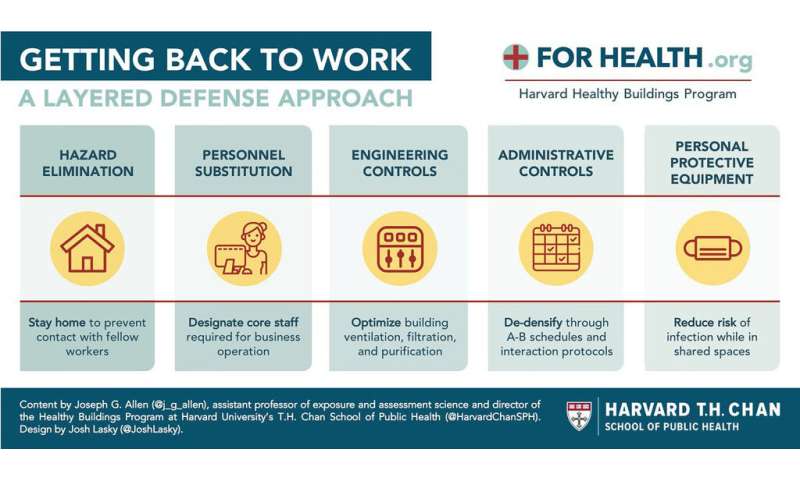Coronavirus made working from home the new normal. So the FCC is giving us a new Wi-Fi lane

About a month ago, the internet started to list.
Up to that point, online activity flowed more or less in balance, with work traffic relegated mostly to the business side of the ship. Then social-distancing directives forced much of the serious stuff over to the starboard side. Which is where we watch Netflix.
As it happens, the country's internet infrastructure has proven robust enough to handle the wholesale shift. Unfortunately, it's a different story for many homes with older Wi-Fi routers that weren't equipped to handle the onslaught.
If your work videoconference is struggling to keep pace because it's crowded out by your spouse's team meeting and the kids' virtual classes, then take heart. Help is on the way.
Thursday, the FCC approved a new lane for Wi-Fi traffic, something it hasn't done in more than two decades. It spans the 6GHz frequency range, which means it's much faster than both 2.4GHz and 5GHz Wi-Fi. Plus, it's more than twice as wide as both those bands combined. Which means that 6GHz-enabled smartphones and tablets will have plenty of elbow room for all your family's left-boat and right-boat activities.
You can't buy electronics with 6GHz Wi-Fi yet. When devices do become available, they'll be marked with the Wi-Fi 6e designation, which means they support the latest Wi-Fi 6 standard with radios that can communicate on the new band as well as the older, more crowded frequencies.
Expect to start seeing 6GHz devices—as well as routers to connect them—in time for what I'll call the back-to-homeschool shopping season this summer.
A spectrum that can keep up
It's not so much the skyrocketing volume of traffic borne out of social distancing that's stressed older networks so much as the type of traffic. Even before work-from-home directives, Wi-Fi 4 and older-generation routers often had trouble keeping pace in the evening, when family members simultaneously played online games, engaged in social media and streamed videos.
Daytime internet traffic during social isolation has proven to be even more challenging, with multiple family members logged into high-bandwidth videoconferencing sites, with real-time activity flowing in both directions. Wi-Fi 6 laptops and smartphones are built for that. They'll perform even better on 6GHz spectrum, where they will be free of interference from smart doorbells, thermostats and older tablets, PCs and phones.
These new network demands that Wi-Fi 6e addresses aren't fleeting. They'll remain in place long after the current stay-at-home directives are lifted. For one thing, health experts predict we're in for more social-distancing initiatives over the next year or two in response to the ebb and flow of COVID-19 infections. But even when we're not trying to flatten the curve, education and productivity are retooling for a future with more homebound activity than before. For one, school boards are expected to incorporate video into classrooms so kids can participate virtually when they're home sick. With younger children, that likely will force at least one parent to stay behind and work from home.
As well, some professions are already rethinking how they approach face-to-face communication. In healthcare, for example, coronavirus is turning the emerging telemedicine industry on its head. Rather than examine people remotely who aren't sick enough to go to the hospital, clinicians increasingly are tapping the technology to maintain safe distances between them and contagious patients.
I also believe that America's culture of showing up to work sick will suffer collateral damage from the coronavirus crisis. We'll still work, contagious or not. But going forward, we'll probably do it from home.
Although it wasn't planned that way, the new 6GHz spectrum couldn't come at a better time. Because while the hull of our internet infrastructure has proven to be sound enough to handle the stress of an all-hands call to the home side of the deck, older home wireless networks have been exposed.
The upcoming 6GHz Wi-Fi, or Wi-Fi 6e, has the raw bandwidth, range and networking intelligence to run smoothly what we want to do and what we need to do. You might call it the new Wi-Fi for the new normal.
IRONY BECAUSE LOTS OF TINFOIL HAT COVIDIOTS SPREAD CONSPIRACY THEORIES ABOUT 5G AND COVID-19
IRONY BECAUSE LOTS OF TINFOIL HAT COVIDIOTS SPREAD CONSPIRACY THEORIES ABOUT 5G AND COVID-19
(c)2020 USA Today
Distributed by Tribune Content Agency, LLC
Distributed by Tribune Content Agency, LLC













